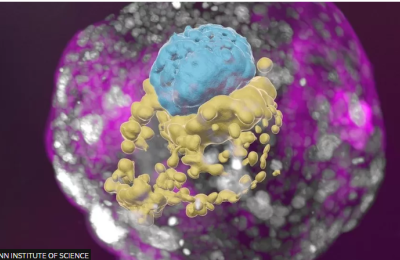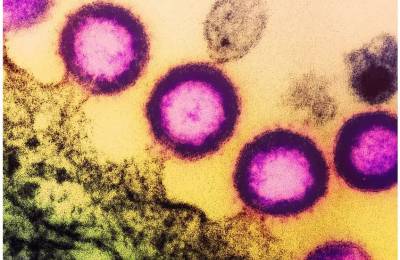
With the relatively recent adaptation of vitrification as a routine procedure in IVF labs, fertility treatment has been revolutionised.
Vitrification, with its consistently high survival rates compared to its slow freezing predecessor, has allowed freezing all cycles (with no fresh embryo transfer) to become more commonplace (avoiding complications such as OHSS), as well as an increase in the number of preimplantation genetic testing (PGT) cycles and also donor egg banking and fertility preservation.
The main barrier to cell survival during cryopreservation is ice crystal formation. With slow freezing, ice crystal formation is difficult to control and thus survival rates are comparatively lower. Although vitrification uses higher concentrations of cryoprotectants which can be cytotoxic, the minimal volumes and exposure times adhered to during the procedure minimise the effect of this. Working with smaller volumes under time pressures means the technical competency of the embryologist is important in achieving optimal outcomes using vitrification.
Warming and cooling rates are critical to the success of vitrification, which avoids ice crystal formation by transitioning from liquid to a glass-like state (not technically forming a solid). The device which holds the embryo and the media loading volume are therefore particularly crucial to ensuring suitable temperature exchange and success of the procedure. Even repeated cycles of vitrification and embryo warming, seem to have a minimal impact on viability and treatment outcomes.
The storage period of vitrified embryos also has no documented effect on viability, although it is important to keep cryostorage facilities well maintained and continuously monitored to ensure conditions remain optimal. The small volumes of media used in vitrification make samples particularly sensitive to temperature changes and it is therefore also important to handle them correctly when adding or removing from storage.
Overall, vitrification has enabled clinics to offer a wider range of treatments to patients, giving consistent and reproducible results and maintaining excellent clinical outcomes, improving the safety and efficiency of IVF treatment.
Reference: 1. Nagy ZP, Shapiro D, Chang CC. Vitrification of the human embryo: a more efficient and safer in vitro fertilization treatment. Fertil Steril. 2020 Feb;113(2):241-247. doi: 10.1016/j.fertnstert.2019.12. 009. PMID: 32106970.











































































